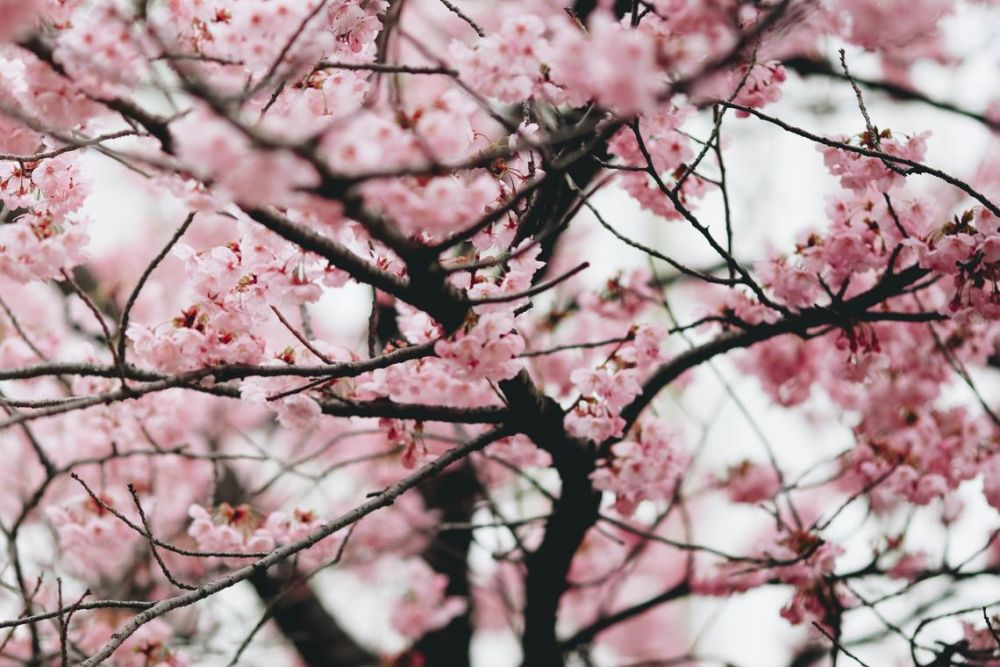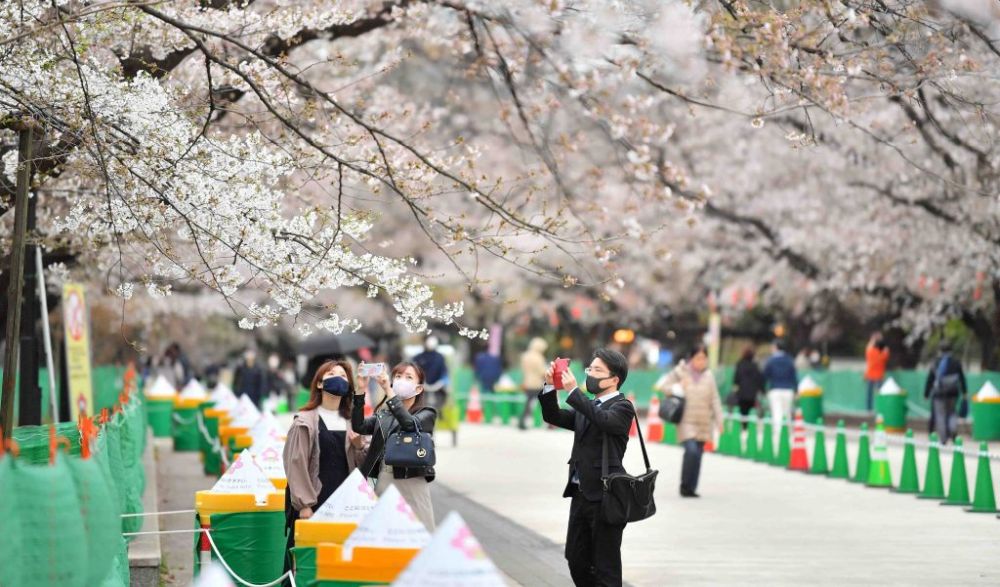Japan Records its Earliest Cherry Blossoms peak in 1,200 Years – Experts Blame Climate Change
Japan is famous for numerous things, but its cherry blossom season is unrivaled. The blossoming of white and pink cherry flowers, also known as “sakura” – is the traditional sign of spring for the country. The event lasts a few days and has been a popular tourist attraction. But this year, Japan has recorded its earliest cherry blossoms peak in 1,200 years.
This year, cherry blossom season has peaked rather early and vanished in the blink of an eye; and scientists believe that it is a symptom of the climate crisis that threatens ecosystems across the world.

Japan records its earliest cherry blossoms peak in 1200 years, experts blame climate change | Image: Galen Crount/Unsplash
Yasuyuki Aono, a researcher at Osaka Prefecture University, has gathered records from Kyoto back to 812 AD. The historical documents and diaries revealed that in the central city of Kyoto, cherry blossoms peaked on March 26, which is the earliest recorded date in over 1,200 years.
Kyoto has experienced a usually warm spring this year, causing the season to reach its peak early. The previous record was set in 1409, when the season peaked on March 27. The past couple of years have witnessed an increasingly early flowering, which scientists believe to be a result of rising global temperatures.
According to a previous study published in the journal Biological Conservation,
In Kyoto, records of the timing of celebrations of cherry blossom festivals going back to the 9th Century reconstruct the past climate and demonstrate the local increase in temperature associated with global warming and urbanization.
Since the 1800s, the data suggest that the peak date in Kyoto has gradually been shifting backward from mid-April toward the beginning of the month. The progress of the cherry blossom season is closely studied, with the Japanese Meteorological Agency predicting the first flowering event and the peak of the season.

Japan records its earliest cherry blossoms peak indicating the increasing global temperatures | Image: Japan-Forward
Apparently, this year, the season began in Hiroshima on March 11, eight days earlier than the previous record, which was set in 2004. These circumstances are clearly not good for the flowering species, which could prove to be an existential threat to them.


